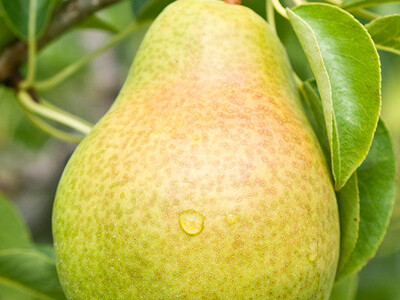California's Renewable Energy and Farm Share of Food Dollar
From the Ag Information Network, I’m Bob Larson with your Agribusiness Update.**California farmers may hold the key to the Golden State’s renewable energy future.
Farmers have invested in solar power and other renewable energy technologies near vineyards, row crops and atop walnut dryers.
8% of California farms currently have onsite renewable energy systems.
Meanwhile, a project is underway to place solar panels over some San Joaquin Valley irrigation canals to generate power, conserve farmland and reduce water evaporation.
**The USDA’s nutrition security efforts will build on the work they’re doing to improve America’s food security by increasing its focus on diet-related chronic diseases, that studies show are a leading cause of death in this country.
Ag Secretary Tom Vilsack says, as many as two-thirds of U.S. COVID hospitalizations are related to diet-related diseases.
Poor diet increases the risks of heart disease, diabetes, obesity, and more.
**The farm share of the food dollar increased one cent in 2020, according to new data from USDA's Economic Research Service.
On average, U.S. farmers received 16.0 cents for farm commodity sales from each consumer dollar spent on domestically produced food in 2020, up from a revised 15 cents in 2019.
Known as the farm share, the one-cent rise is the largest increase in nearly a decade.
The marketing share goes to food-supply-chain industries that move domestically produced food.













